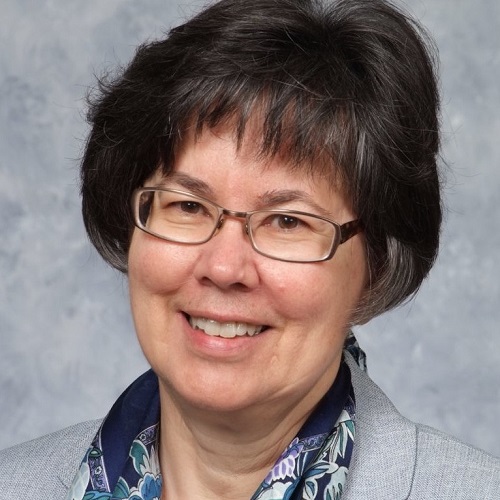
Mary Kathleen Glavich is a Sister of Notre Dame from Cleveland. In early ministries, she taught every grade from first to 12th. Later, she served as a vocation director for her diocese and as a pastoral associate in a parish. A writer and editor, she has published many articles and more than 90 books and was a featured speaker at a catechetical conference in the United Arab Emirates and Oman.
Think back to your early days in religious life and share a memory based on the question: what was the most surprising thing to you about religious life?
I live in an apartment building where half the residents are sisters and half are laypeople. Each Sunday, I play the piano for them.
The other day, 87-year-old George commented, "Did you ever imagine that as an old lady, you'd be playing the piano?"
"No, George, I never imagined that." I never thought I'd be living with men, either. 
As my life as a Sister of Notre Dame unfolded, there were countless things I never imagined. The most soul-shaking surprise is that my community is radically different from when I entered. Religious life is not static but evolving, creating new wineskins for new needs.
My early formation experience was akin to Marine boot camp. Virtually isolated from family, friends and world news, we were introduced to practices such as acts of humility, penance, corrections and asking permission. My motto then was based on Job's words: "Even though he kill me, I will still love him" (Job 13:15).
Along came the Second Vatican Council's whirlwind, turning religious life as I knew it upside-down. Suddenly, we could drive, own a watch, go to weddings. One sister remarked, "Everything I gave up, God is giving back to me."
Most importantly, my community claimed its identity as an active apostolic order. Reorienting ourselves, we shed the customs of cloistered nuns and became the sisters we were meant to be: women nurturing God's kingdom by engaging with the world.
Gone was our rule of silence. We could speak freely with each other and others. People were no longer excluded from our convents. Rather, we practiced hospitality. We could also visit others' homes. Where once only sisters were our cooks, nurses and housekeepers, now laypeople served us in various departments. They and associates, another innovation, became like family.
For most of us, multilayered black habits were replaced by a practical, colorful wardrobe, making us more relatable to the laity.
Formerly, we were regarded as excellent educators. But then, in the United States, our ministries expanded beyond classroom walls. For example, a sister ministers as a lawyer in custody trials; one sister advocates for poor inner-city women; and another founded Blessing House to care for young children of working parents. Sisters assist immigrants at the border, and some work to eliminate human trafficking. Afghan families stay at houses on our property. A salient sign of our focus on social work is our Justice, Peace, and Integrity of Creation National Office.
No, I never imagined this metamorphosis of my community. Still, there are constants: vows, community life, prayer and, above all, deep-seated love of God and desire to serve God's people. I adopted a new motto: "My joy lies in being close to God" (Psalms 73:28).
We’re delighted to share with you this blog from the monthly feature “The Life” courtesy of our friends at Global Sisters Report. This month, The Life panelists responded to this prompt: Think back to your early days in religious life and share a memory based on the question: what was the most surprising thing to you about religious life? CLICK HERE to read more blogs from The Life series, GSR’s monthly feature about the unique, challenging, and very specific lives of women religious around the world.
Image above: God continues to surprise Sister Kathleen with spectacular sunrises and sunsets from her balcony at Notre Dame Village. (Courtesy of Kathleen Glavich)